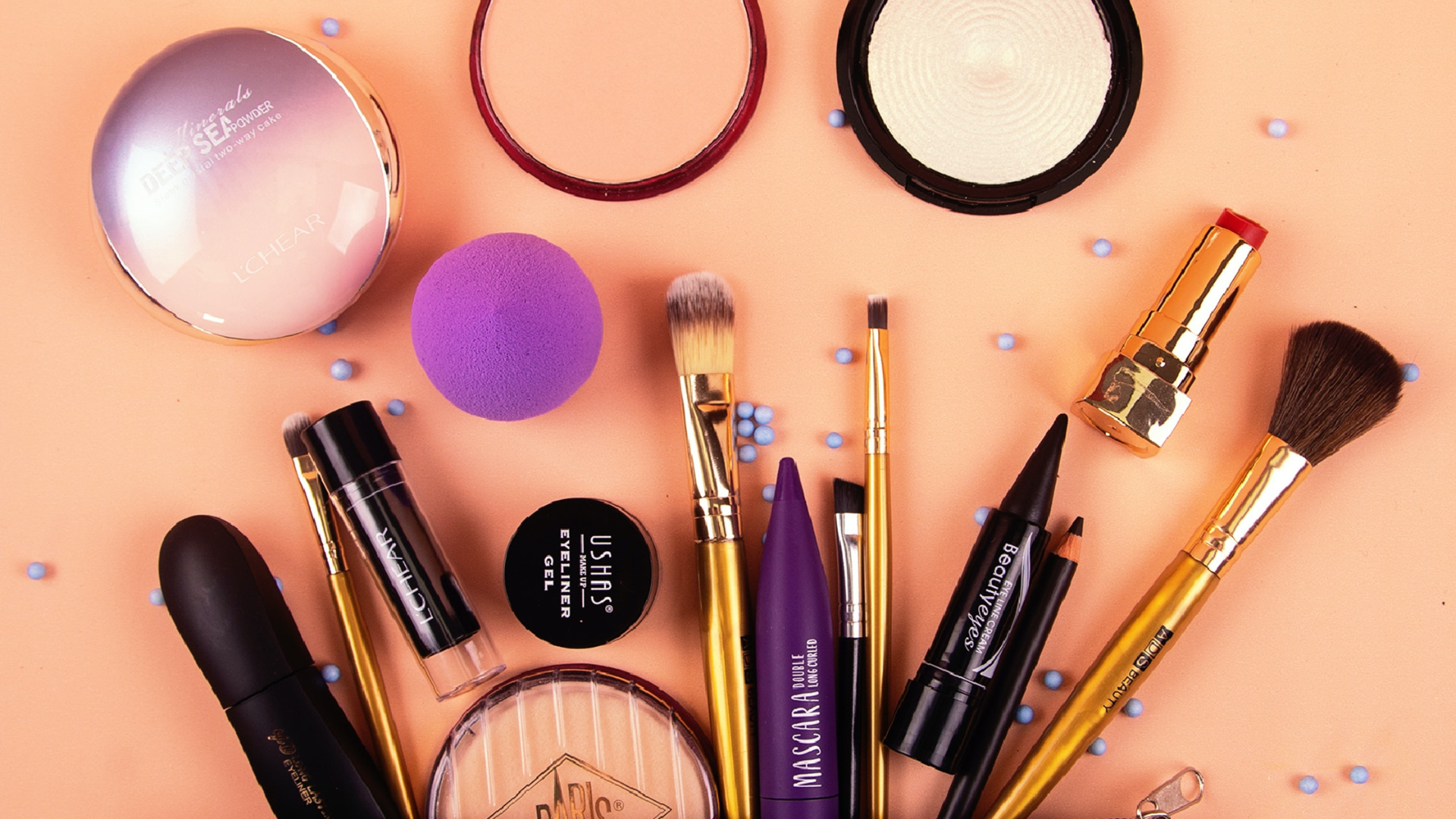With the 'boom' of the e-commerce in the last years and the comfort that east supposes in our lives, seem to be that sometimes we ignore and leave to overlook some of his problems that threaten daily. The fakes of different products of cosmetic, make-up and personal care avoided that the cosmetic sector Spanish ingress in the year 2019 a total of 839 million euros.
In the next month of January will go out the data referred to the back years, in which, undoubtedly, this figure will grow, as it has indicated to 'Next In Beauty' Fabián Torres, Director of Development of Business of SICPA Spain, a multinational of Switzerland that devotes to the material and digital security. "During the pandemic, when multiplying the figures of sales by Internet with the enclosed physical establishments, this number will increase without any doubt. The counterfeiters took advantage of to inject his products."
Fabián Torres did special upsetting in the problematic of public health that they can involve these products when being consumed. One of the products that is susceptible to the fake are the mouthwashes: "the mouthwashes, is one of the products that falsify. We discover that what contained really were additive refrigerants, that was what did him have the green colour. We owe that have a lot of care because the counterfeiters do not have any type of objection neither of scruples."
The marks struggle constantly against this derivative challenge of the e-commerce. What apparently seemed an advantage has turned into a shadow that converts increasingly big and affects in multiple dimensions to the companies. "This to the marks affects them because, on the one hand, suffer an economic loss, as it is obvious. On the other hand, also it prejudices them in the image of mark and his reputation, that so much costs to build and keep. And the most dangerous, is that when we speak of cosmetic or of products that we take is that it exposes the health of the consumer, and this can comport to the marks to have to face up to setbacks and grave difficulties." It adds Fabián Torres.
Spain ranks fifth in the European Union in countries with the largest seizures of dangerous counterfeits in the European Union
As it published the EUIPO the past month of March, "the sales on line represented 60% of the incantations world-wide. Of this 60%, the cosmetics were confiscated with greater frequency, supposing 46% of the previous percentage". Although Germany was the country with of the European Union that suffered more the effect of the fakes, Spain finds in the put number 5 of the most affected countries by the fakes in the European Union.
The same report indicates that the big majority of the fakes between the years 2017 and 2019 proceeded of China (55%) and of Hong Kong (19%). Together, suppose almost three fourth parts of the incantations.
But, How they act the counterfeiters and which products are the most susceptible to be falsified? Really, any one: "The counterfeiters, once go in in a channel explode it to the maximum with all the products that can be able to distribute by this channel. They try to prioritise those products that are more expensive because they know that it is of which will obtain more profits. When the marks try to protect them, and the counterfeiters find with this barrier, opt by the less expensive because they are the less protected. In the case of the perfumes, for example, expect to the trucks that carry the jar and the packaging of the products, do with them, and afterwards plant a liquid that is not for nothing the same scent. Even they put his own products in the transport to inject it in the market" explains Torres.
From SICPA set up a strategy of analysis of 360 degrees to try to reduce the one who the products falsified reach the last step and arrive to hands of the consumer: "we make an analysis of 360 degrees to be able to help to the customers and to the producers of cosmetics for to detect these products with the suitable measures. In the analysis cover 5 big appearances: the aim that pursues the company, that is to say, the image that wants to project. A second is that we find out in which point finds the company, that is what is playing and what is putting in risk the fakes: if it is a subject of income, of reputation, of image, a subject of public health… Another parameter that need to recognise the level of threat of the product and the origin. With all this, later, it is necessary to analyse also in which point finds the traceability of the product. When we have done a X-ray of all this, help us of the technology to try to protect the product and eradicate it."
Thus, the Director of Development of Business of SICPA Spain incide in the consideration to incorporate a system that identify the authenticity of the product: "It Is necessary to elaborate a safe dial, truthful and certifiable. It is necessary to put measures of security to avoid that they arrive these products to the consumer. Lace mark can do it through the technologies that present in SICPA, as for example physical labels, creating a safe dial. Also it is the option digitalized entering the 'blockchain', and present it like a tool to verify the products. The most important is to protect the product."
As they indicated in the month of March the OCDE and EUIPO, the packages postcards are the method preferred by the criminals to put his products in circulation, and the maritime transport is the way of dominant transport in terms of value confiscated.
Although the products that suffer more the effects of dangerous fakes are the perfumes, cosmetics and fashionable articles, also find the spare pieces for cars and the toys.
